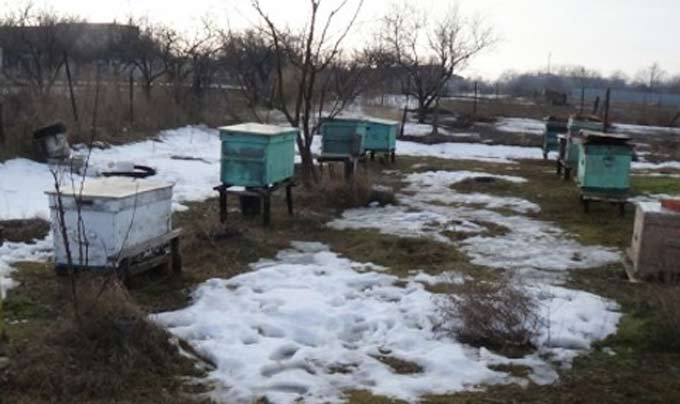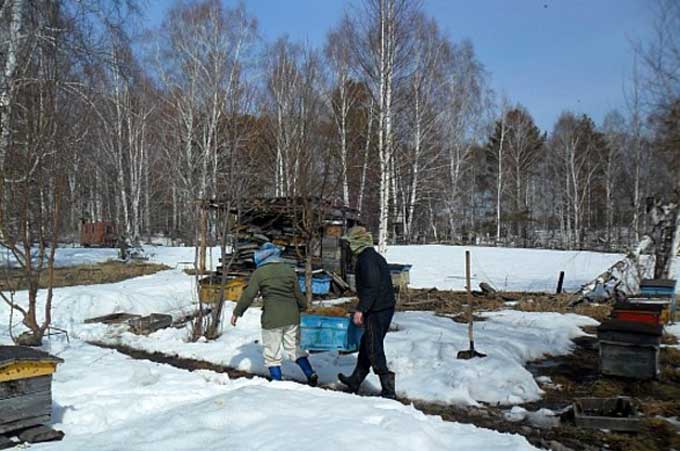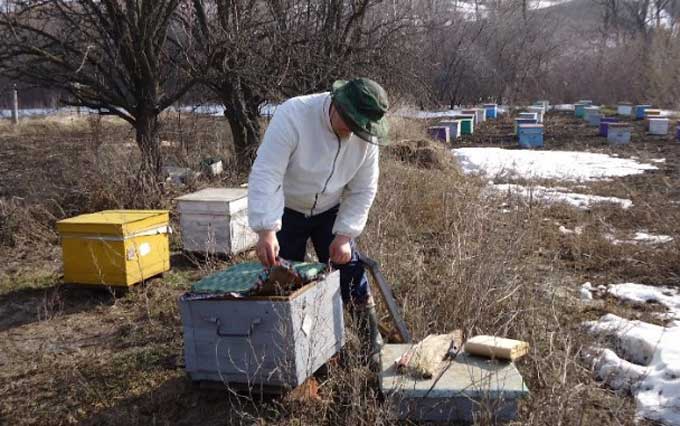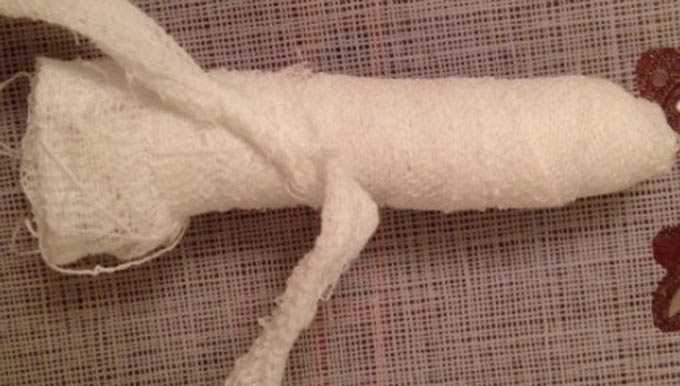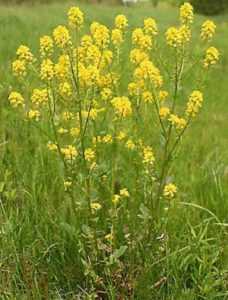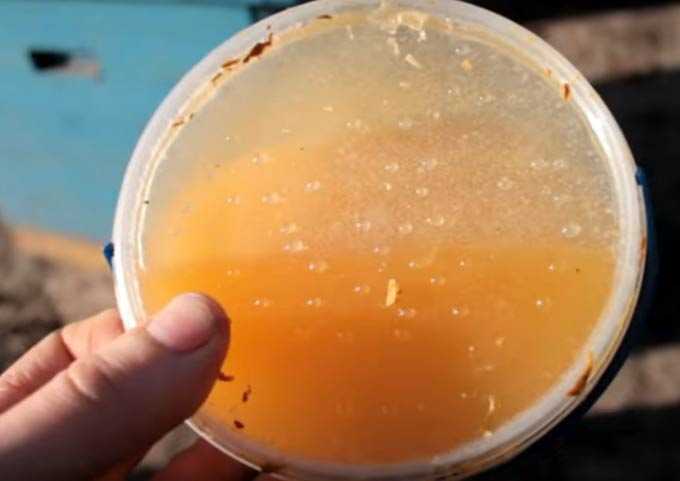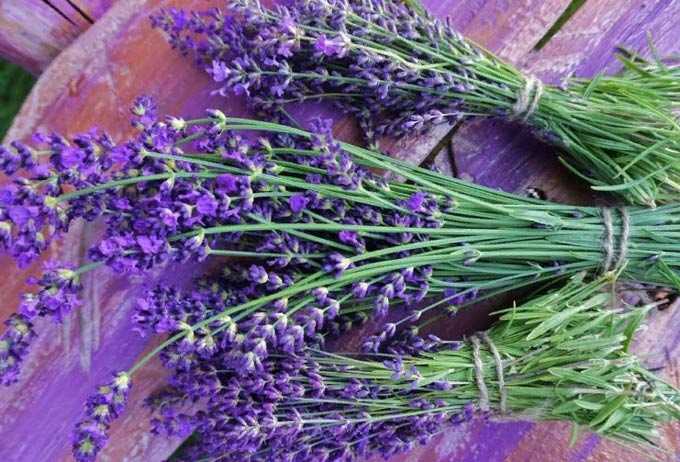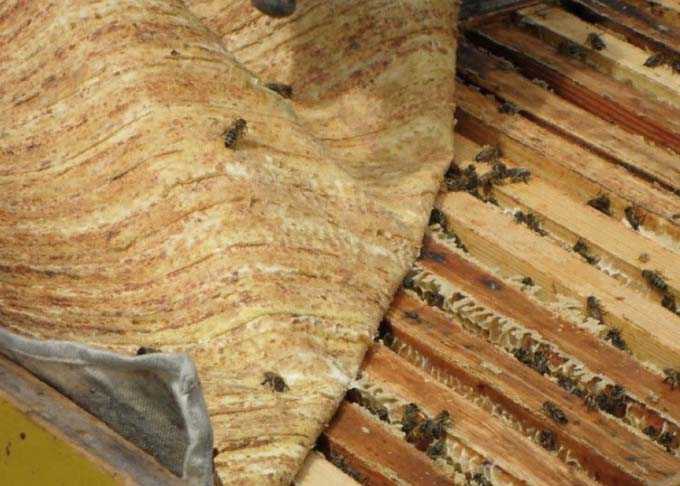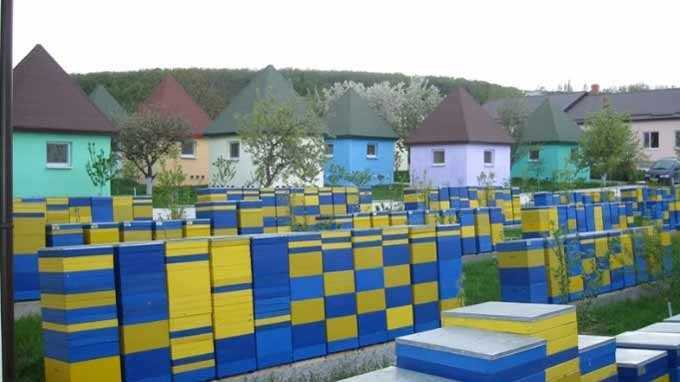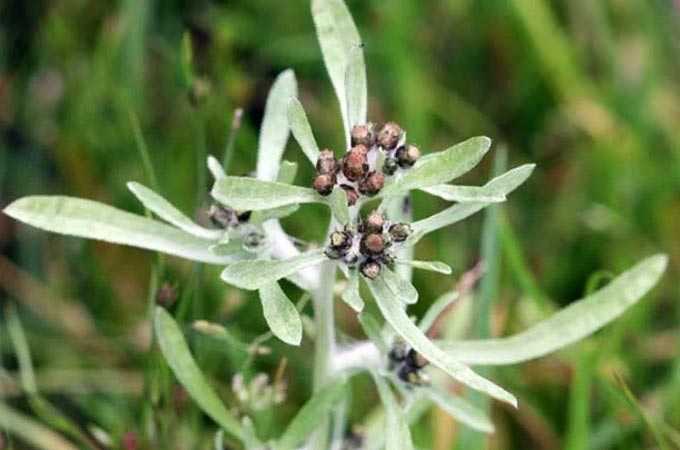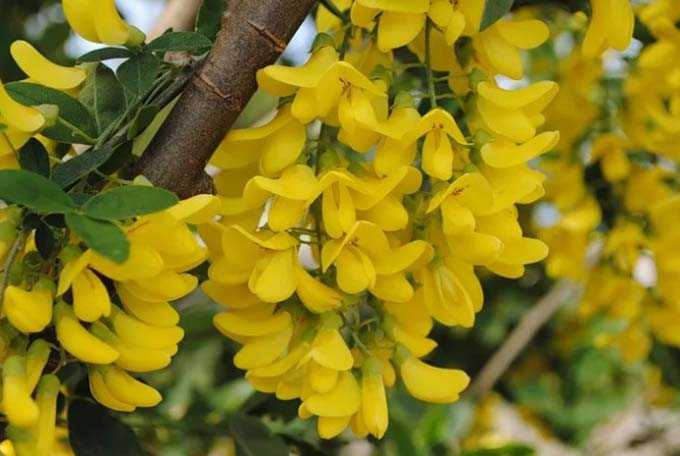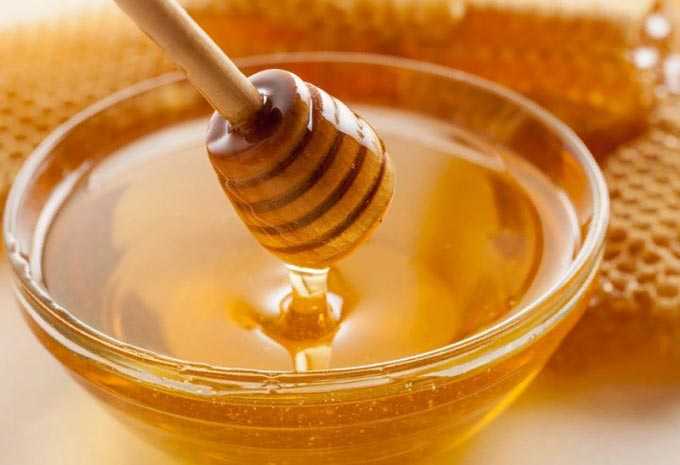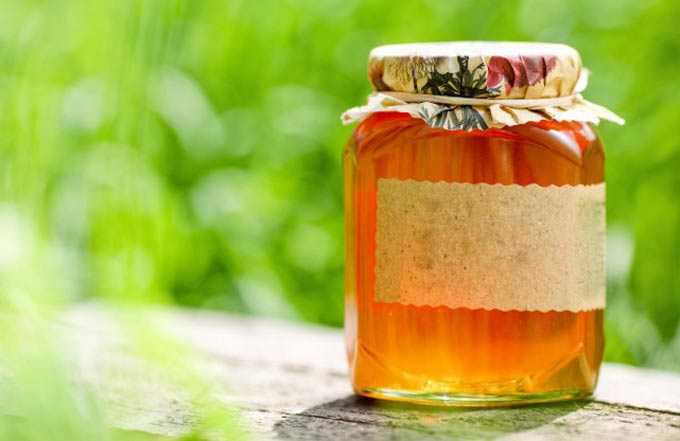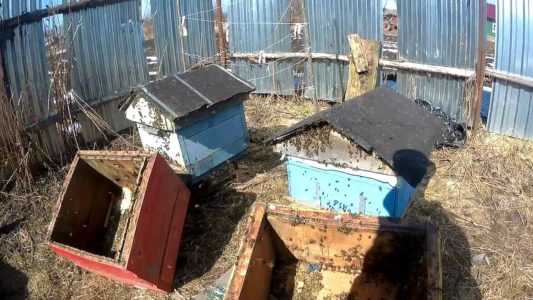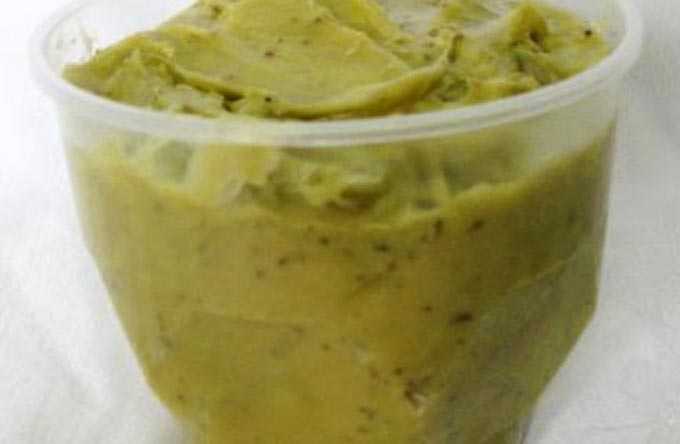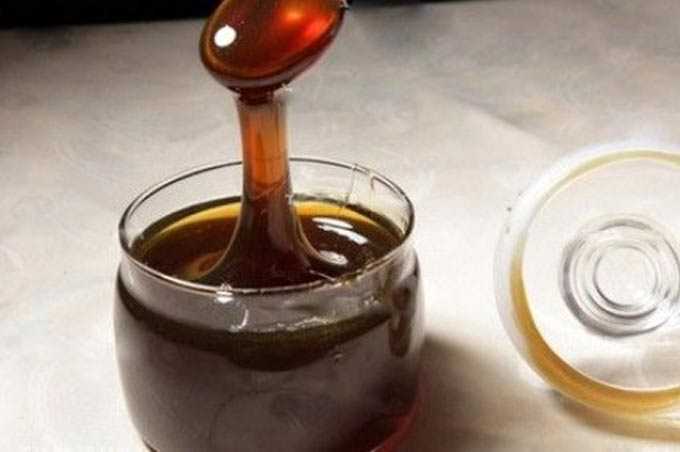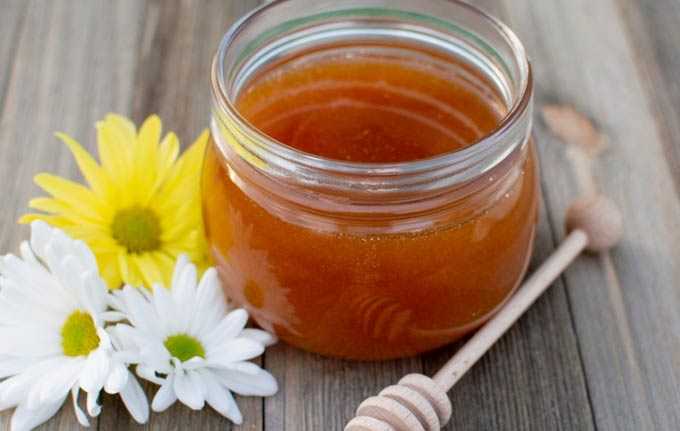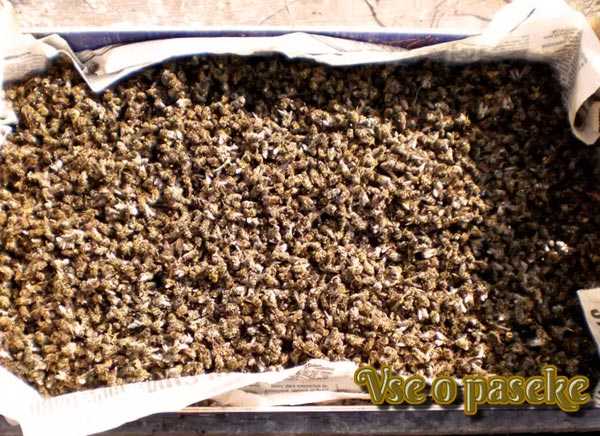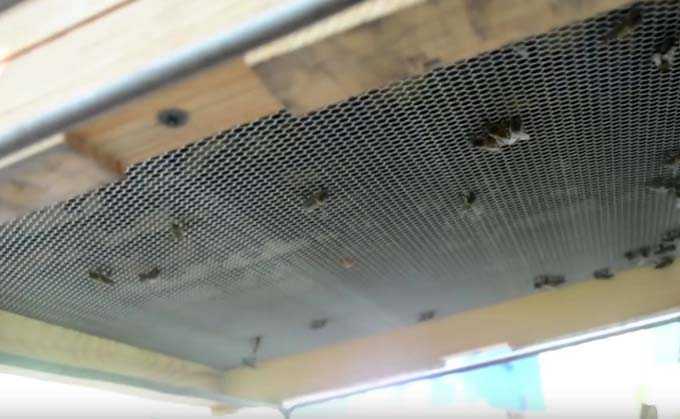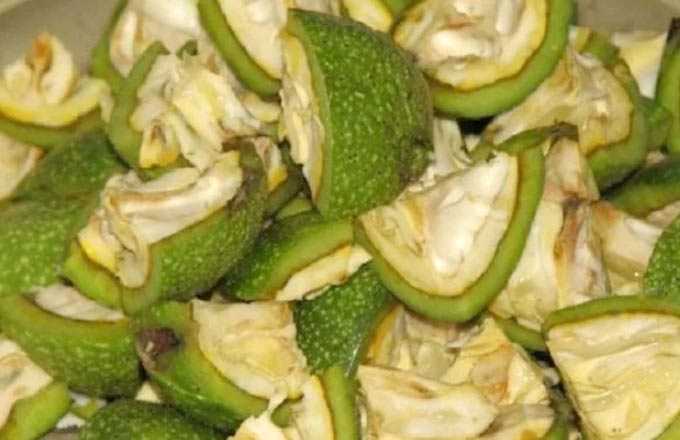March is a very important month for the beekeeper. Bee colonies begin to wake up, the egg-laying at the uterus increases every day, food is eaten more actively, and the intestines of insects overflow. When hives are kept in a winter house, there is a danger of steaming bees due to warming and warming up of the room by the sun’s rays.
Work in the apiary in March depends on the climatic conditions in a particular region. In the north, insects continue to be observed in winter houses, and in the south they are already beginning to display hives at points and a cursory survey.
The content of the article
- 1 Brief overview of the March works
- 2 Preparatory work
- 3 Super early flight
- 4 Exhibition of beehives
- 5 Cursory inspection
- 6 Main spring revision
- 7 Fight against thieves
- 8 Conclusions on early spring care
Brief overview of the March works
By the beginning of March, in the areas of the middle belt, the bee colony hibernates for the fifth month, and in the north it is already a half-year stay in the winter hut, requiring the most careful attention from the beekeeper.
The task of the beekeeper is to constantly observe the behavior of insects. The wintering site is visited once or twice a week, and more often if necessary.
It is necessary to regularly free the entrances from the accumulated undermoor with the help of a wire poker. When the temperature rises to +4 degrees, ventilation is arranged – the windows are thrown open for the day, and the door is left open at night. This allows you to maintain the optimal temperature regime in the winter house.
Severe anxiety of bees, expressed in increased noise, mass appearance of spots of droppings on the entrances, requires a very early flight on the first warm day. This behavior indicates intestinal overcrowding in insects..
During the cleaning of the entrances, dead bees are necessarily collected from each nest. They are packaged in individual paper bags of 50 pieces. The number of the hive is put on top, after which the material is sent for analysis to the veterinary-bacteriological laboratory.
When wintering on the street, snow is removed from each hive, but the insulation mats are not removed yet. To speed up the melting, the snow cover can be loosened and sprinkled with wood ash or chopped straw.
If insects are in the winter hut, free time in March is used to prepare for their outdoor exhibition. Stakes are harvested, warming mats are knitted or warming pillows are sewn – they will be used to replace damp ones. The frames are knocked together, the wire is pulled over them. Extensions are made so that with the arrival of good weather, not to be distracted from caring for bee colonies.
The southern regions dictate their own terms. Here, in some localities, there is already a support bribe from flowering honey plants: azaleas, almonds, peaches, dogwoods, anemones, forest trees. Therefore, the hives are put on the spot, a cursory inspection is carried out, and after it the main revision. All discovered shortcomings are eliminated: queenless colonies are corrected, the amount of brood is corrected, an incentive feeding is given, and the amount of feed stocks is controlled.
Preparatory work
Bee houses are displayed on a prepared site. With the first melting of the snow cover, it is thrown away from the winter house with a shovel, and the point itself is sprinkled with ashes and the caked snow is loosened on it.
After complete thawing, the area is cleared of debris, for example, last year’s leaves, dry grass. Stands or pegs are installed on which the bee houses will be placed.
If this has not been done before, frames with honey supplies are sorted in the apiary. The honeycombs assigned to the distribution in weak nests are brought into the room for warming up.
The temperature in the winter hut is maintained within the range of +3 – +4 degrees. It decreases due to ventilation or the introduction of ice, snow from the street. The holes open completely to the full lumen.
If the measures taken did not help reduce the temperature and the insects continue to make a lot of noise, you need to give them the opportunity to fly out of the hives to cleanse the intestines.
Super early flight
To cleanse the intestines of the bees, the next sunny day without wind is chosen. The temperature outside should be at least +12 degrees!
A place well sheltered from the prevailing winds is being prepared in advance. A thin layer of fine straw or spruce paws is spread here.
Covers and insulation are removed from the bee houses taken out into the street, leaving only leaves on top of the frames. The holes are cleared of dead bees and open completely. After the flight, the families are returned to the room, given water to the insects and carefully insulated.
Exhibition of beehives
The period of the exhibition of bee houses usually coincides with the flowering of early melliferous plants – corydals and snowdrops bloom. At this time, the first bumblebees and butterflies fly out into the open air, and the temperature in the shade does not drop below +8 degrees.
If the insects have not calmed down after a very early flight, strong colonies can be put in a permanent place even if there is snow at the point. Healthy insects are not afraid of frost. In this case, the bee houses are taken out of the room in the late afternoon.
Important: Loose nests are not able to maintain normal temperature conditions when exposed to cold. A very early flight and an early exhibition at the points will bring them only harm!
For a mass exhibition, the beekeeper chooses the most fine day, carefully observing the changes in the weather. Directly before being taken out into the street, near the bee houses, a drinking bowl with heated slightly salted water is installed. This attracts the first bees to the entrances.
Houses are taken out around 10-11 a.m. so that insects have the opportunity to fly around well during the warm time of the day. For the transfer, a homemade stretcher is used, built of two poles about 2 meters long. Two strong ropes are tied to the sticks. They fit snugly around the sidewalls when placing the hives on a stretcher.
Important: When moving to the street, the entrances are pushed in, and they are opened only at the end of the work.
The beekeeper must observe the flight progress. Strong nests fly out in unison and cope with a flight in half an hour. After that, they immediately begin to work: they pull out the litter from the hives, push out the dead bees, carry fresh water and a clump from the blooming willow, hazel, alder.
Weakened hives are notable for poor flight. Insects fly little, crawl along the front walls, which may indicate an absent uterus. Such nests are taken under special control. Dysfunctional bee colonies are examined immediately after the flight. They substitute honeycombs heated in the room and eliminate other disadvantages.
Cursory inspection
First of all, assistance is provided to dysfunctional hives. Urgent support is required where there is no feed at all.
If there is no honey, but insects are still crawling over the combs, they should be treated with honey syrup and put in the nest one or two feed frames, harvested in the fall. If some of the bees have already crumbled, having suffered from hunger, the bee house is immediately brought into a warm room. The bees are sprayed with syrup here – many insects come to life and rise to the frames. Honeycombs are also placed in such a nest. Preliminarily, a part of the casing is opened on them.
Frames contaminated with diarrhea, as well as mold-infected mats and laps, are replaced with spare ones immediately after the discovery of this defect.
Main spring revision
After providing assistance to weak hives and a general assessment of the condition of the apiary, they proceed to the main examination. It is carried out on a truly fine day, that is, when the air temperature rises to +15 degrees.
Spring inspection task:
- to identify the amount of brood and the characteristics of the clutch (eggs are placed in a continuous carpet or with gaps in the cells);
- determine the number of bees – the strength of the family;
- find the uterus and examine it to detect wear on the wings (a sign of an imminent replacement by bees), the presence of Varroa mites;
- set the amount of honey reserves.
Note: The amount of honey is checked by its presence on the two extreme frames. If the stock is less than four kilograms, one or two frames are given to the family. If there is no honey, after the completion of the inspection, the nests in need of feeding are given sugar syrup, prepared in a two-to-one ratio.
If there is time, the day is warm enough, garbage is removed from the bottoms and all the pore is removed. Dead bees can be used to diagnose the condition of the nest:
- the well overwintered healthy insects are indicated by a few dry podmore collected in an amount from a quarter to half a glass;
- in case of poor wintering, the whole bottom is strewn with dead bees, this “carpet” is wet to the touch.
Important: The entire bottom is scraped out with a chisel and washed with a rag dipped in a soda or alkaline solution.
Weak nests are cut in such a way that insects sit tightly on all frames. They are installed in the center and carefully insulated, the slots of the entrances are closed – leaving the possibility of passage for one or two bees.
During the inspection, queenless nests are identified and corrected:
- If the brood is present in sufficient numbers, a spare queen can be launched.
- If the brood is absent, a control frame is set with a brood of different ages. In a day, she looks around. If there are fistulous queen cells, the “queen” is absent. In this case, the fistulas are cut off, and a nucleus is attached to the family – a frame with brood, bees and a queen.
- Or the queenless colony is combined with a good nest with a young queen and a small number of working insects.
Important: The hatching of a young queen by setting a printed brood in March is not used! In early spring, there are still no adult drones – the released females do not fertilize for a long time and become drone themselves.
Fight against thieves
The reason for theft in most cases is the absence of natural bribe in nature. This condition is especially dangerous in early spring, when the nests have not yet gained strength.
Thief bees are clearly visible. They curl around defects in the bee house: they fly around its corners, under the cover, near the bottoms. They desperately fight with guard insects, trying to break through the entrance gaps.
To prevent attacks:
- The entrance gaps are shortened immediately after the flight: in weak cores up to 1-2, medium nests – up to 2-3, strong – up to 3-5 bees;
- they work carefully in the apiary, excluding the ingress of syrup on the walls and lids, the loss of cuttings of comb with honey;
- fill up all the cracks with clay putty or store-bought putty;
- do not keep hives open for a long time during inspection;
- the removed frames are placed in a carrier (special box) and immediately covered with a lid or canvas;
- give out top dressing only at the end of an active summer – in the evening;
- all feeders are removed early in the morning;
- eliminate queenless colonies by attaching them to strong nests or by correcting them by replanting the uterus;
- treat the front walls of the hives that have been attacked with strong-smelling substances, for example, turpentine;
- for two or three days, the robbed nests are removed in a cool dark room, and empty houses, treated from the inside with turpentine, carbolic acid or kerosene, are installed in their place.
Conclusions on early spring care
The apiary in March requires the beekeeper to comply with the following rules:
- It is necessary to shorten the nests as much as possible according to their strength during periods of cool and unstable weather.
- It is required to provide maximum insulation of the nests from above, from the sides and from below. The pillows are installed behind the diaphragms, tight against the walls. The upper mats cover the nest over the entire space above the frame.
- It is important to provide each family with a sufficient amount of food at the rate of 10 kg of honey per nest. Strong hives require up to 12 kg, and weakened ones need 7-8 kg.
- It is necessary to constantly monitor the amount of feed stocks and replenish them as they are spent on feeding the brood.
- It is necessary to timely assess the condition of the brood and the health of the queens.
Providing highly productive queens and correcting queenless nests is the key to the successful development of the apiary. And the rational use of feed reserves and the development of healthy young animals depend on the correct insulation.

